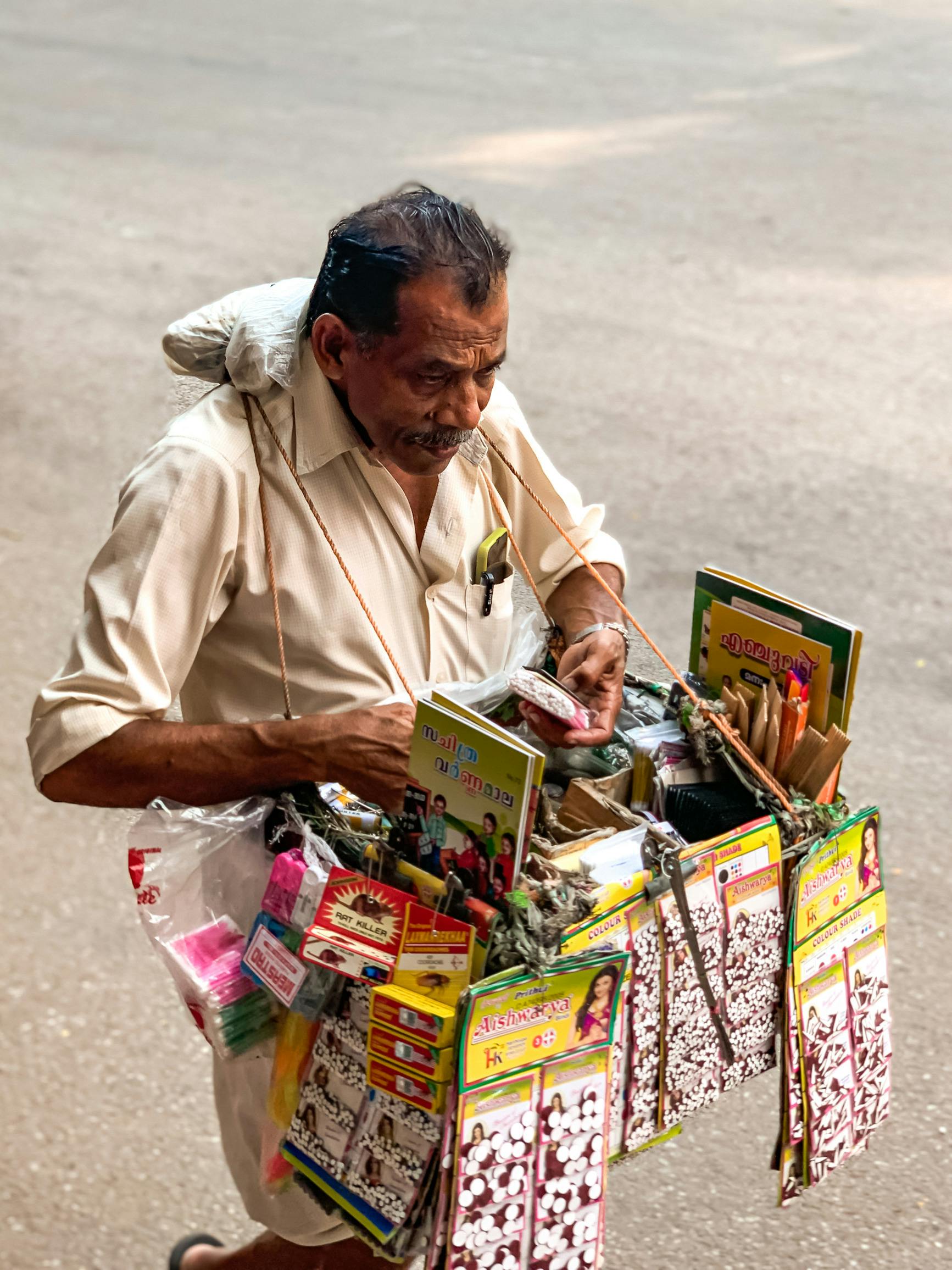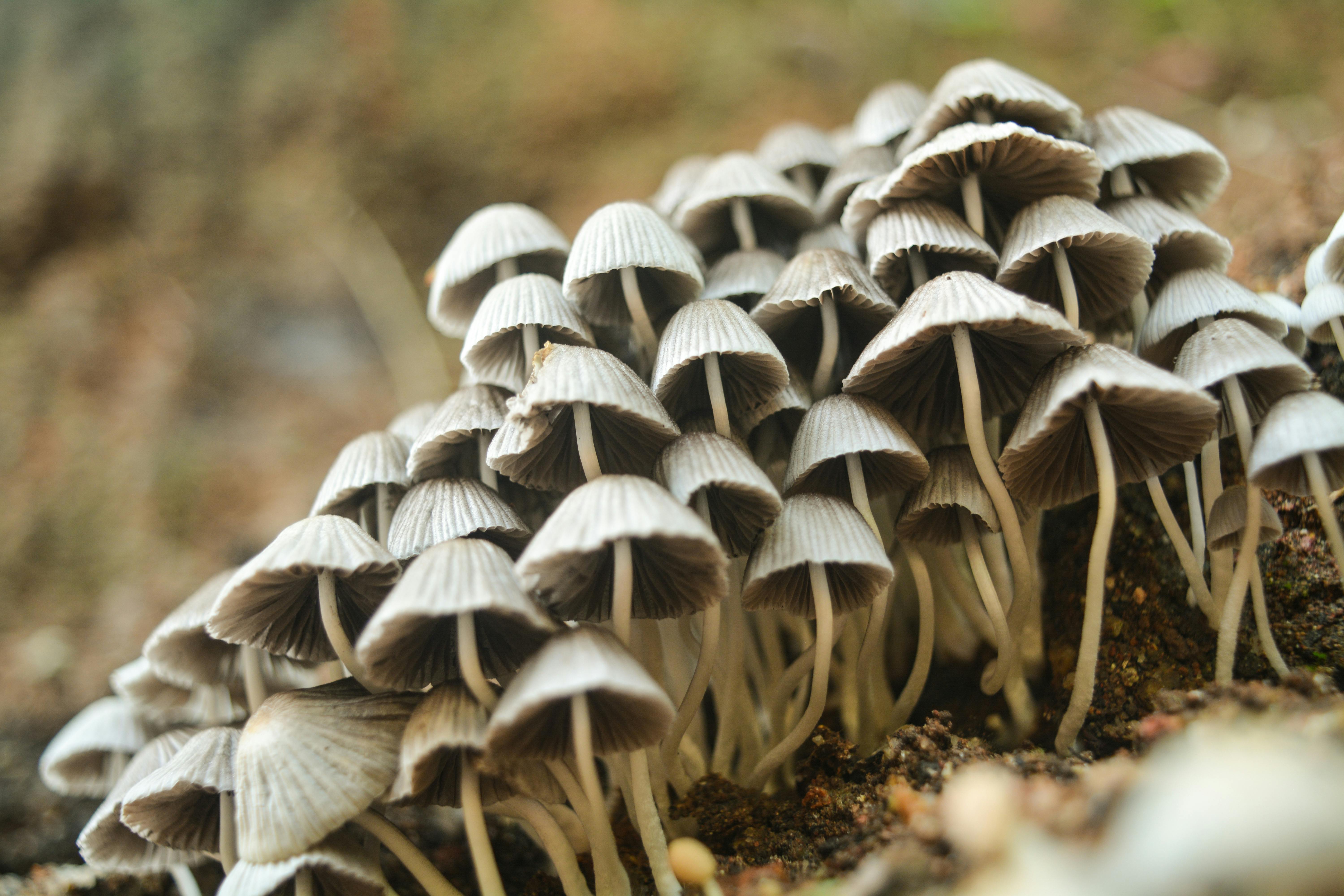
Effective Ways to Treat a Jammed Finger in 2025
A jammed finger can be a painful and frustrating injury that affects daily activities. Understanding how to effectively manage and treat a finger injury is essential for recovery. In this article, we will explore several effective methods for treating a jammed finger, focusing on both immediate first aid techniques and long-term rehabilitation strategies.
Knowing how to respond to a finger injury can significantly improve recovery times. Effective jammed finger treatment involves techniques such as using a cold compress, ensuring proper rest and immobilization, and utilizing pain relief methods. Whether it's through home remedies or seeking medical advice, taking proactive steps can make a big difference in your recovery journey.
This article will guide you through the best practices for finger injury management, including the application of ice packs, elevated hand positions, and using supportive wraps like finger splints. We will also discuss the importance of finger exercises and rehabilitation techniques to enhance healing and restore functionality.
Understanding Jammed Finger Injuries
A jammed finger occurs when the tip of the finger is forced toward the hand, often during athletic activities. This can result in soft tissue injuries, sprains, or even dislocations. It's crucial to evaluate the extent of the injury and seek medical attention if necessary. While some injuries might heal with basic home care, others could require a doctor's consultation for appropriate diagnosis and treatment.
Immediate First Aid for Finger Injuries
When dealing with a finger injury, immediate first aid steps are crucial. Applying a cold compress immediately can help manage swelling and alleviate pain. Cold treatment constricts blood vessels, reducing inflammation. It’s important to avoid direct ice contact with the skin, as this can cause frostbite. Instead, use a cloth to wrap the ice pack and apply it to the injured area for 15-20 minutes at a time.
Resting the injured finger is also vital. Avoid moving or putting weight on the injured finger, as this can exacerbate the situation. Immobilization techniques, such as using a finger splint or wrapping the finger, can help stabilize the area, promoting healing.
Managing Pain and Swelling
Effective pain relief measures are important in managing a jammed finger. Over-the-counter pain medication can offer substantial relief. Medications such as ibuprofen or acetaminophen can reduce pain and inflammation. Always follow the recommended dosages and consult a healthcare professional if necessary.
Swelling reduction is another key aspect of finger injury care. Alongside cold compress application, elevating the hand above heart level helps minimize swelling. This position helps facilitate fluid drainage away from the injured area, promoting quicker recovery.
Rehabilitation Techniques for Finger Injuries
Once initial management is underway, rehabilitation plays a critical role in returning the finger to full function. Gradual stretching and strengthening exercises can enhance resilience and mobility in the injured finger. It is important to consult a physiotherapist for tailored exercise programs that suit your recovery progress.
Incorporating Finger Exercises
Finger strength exercises help in restoring functionality after a jammed injury. Simple motions like finger flexing, opening and closing the hand, and using therapy putty can build muscle strength and improve joint movement. Start slowly and increase the intensity as pain subsides.
Buddy taping is another effective technique, where the injured finger is taped to an adjacent finger for support during the rehabilitation process. This method not only helps stabilize the injured finger but can also aid in maintaining proper alignment during movement, preventing further injuries.
Securing and Supporting the Finger
Utilizing supportive devices, such as customized splints or finger wraps, provides essential stabilization during the initial recovery phase. These devices help secure the finger, preventing unwanted movement and enhancing pain relief throughout the healing process. Ensure that any splint you use is comfortable and allows for appropriate circulation.
Long-term Management and Prevention Strategies
Preventing future finger injuries requires a proactive approach. Understanding sports safety and using proper techniques during physical activities is vital. Encourage training that focuses on finger strength and agility, as this can significantly lower the risk of injuries in children involved in sports.
Best Practices for Finger Health
Consider integrating ergonomic techniques into daily routines to promote finger health. For instance, using wrist support and ensuring proper posture can minimize strain during various activities. Additionally, make use of mobility improvement tools and various home care measures like joint lubricants to maintain joint health.
This holistic approach not only addresses the jammed finger itself but also fosters overall finger wellness and motion capacity. Regular check-ups with healthcare providers can assist in tracking progress and adapting rehabilitation methods as needed.
Seeking Professional Medical Advice
If pain persists or the injury worsens, seeking medical assistance is crucial. A doctor can provide comprehensive assessments, including joint evaluation and imaging if necessary. They can prescribe a more tailored treatment plan and might recommend outpatient therapy for more severe injuries. Staying informed and advocating for your health ensures quicker and more effective recovery.
Final Thoughts on Treating Finger Injuries
In summary, managing a jammed finger involves a combination of immediate care and long-term rehabilitation strategies. Emphasizing early intervention techniques, cold compress usage, and comprehensive rehabilitation through targeted exercises ensures an effective healing process. By following these practices, you can restore functionality and prevent future injuries effectively.
Remember, while minor injuries can often be treated at home, always consult a professional for severe injuries or persistent pain. Taking the right steps will not only help in recovery but also enhance your overall finger health and performance.
 example.com/image2.png
example.com/image2.png
 example.com/image3.png
Its part of generated content. Can i generate another part?
example.com/image3.png
Its part of generated content. Can i generate another part?